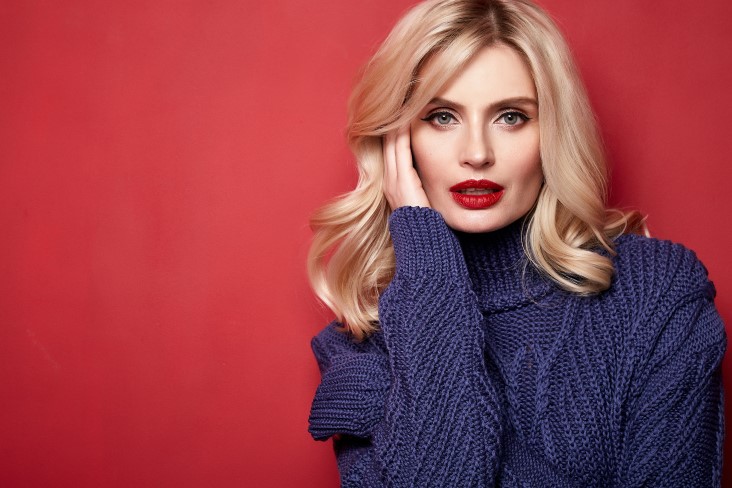
As winter approaches, you might want to start looking into palettes and color matching. The color palettes associated with fall are much different than those associated with winter, and if you’re not used to that change, you might find it a little difficult to change. That can be a tough transition, especially for people who really love to change up their looks according to the season.
So how do you make the leap into cool winter palettes, especially if you have a warm skin tone? Will those undertones clash? Here’s everything you need to know about the overlap between the two different palettes.
What Is a Skin Undertone?
If you aren’t very well-versed in makeup, you may be wondering what a “warm skin tone” even is. Lots of beauty experts use the concept of a skin undertone to more appropriately match makeup and outfit colors. Although it’s not a hard and fast rule, different palettes tend to work better with different skin tones.
There are many ways to determine your skin tone. Although many people conceptualize skin tones as just “cool” and “warm,” some people believe that “neutral” and “olive” are also skin tones in their own right. However, the most well-known test for skin tone only takes into account warm and cool tones. Just look at the veins on your wrist under sunlight. Do they look more blue or purple? You probably have a cool skin tone. If they look more green, you probably have a warm skin tone.
How Does Winter Lend Itself to Cool Colors?
The color wheel is what determines whether a color is cool or warm. It’s part of something called “color theory,” which investigates more about why people enjoy different colors together and what colors mesh well with others. Cool and warm tones are on opposite sides of the color wheel.
Predominantly blue and green colors are cool colors; that’s because they’re reminiscent of water, grass and other “cooling” parts of nature. On the other side, predominantly red and orange colors are warm colors because they’re reminiscent of “warming” parts of nature like the sun and fire.
Winter is mostly associated with colors like icy blue because frost and ice often look slightly blue. That’s very different from the fall, which is usually associated with reds and browns, and the spring, which is usually associated with yellow and bright pastels. It stands out, but it can sometimes feel like it clashes with warm tones. The thing to remember is that the two can actually work very well together.
Can I Really Make Cool Palettes Look Great on Warm Skin Tones?
Definitely. The trick is to balance out your warm and cool colors in order to veer more toward a neutral shade than a completely cool shade. For example, while icy blue eyeshadow can absolutely make a chilly statement, you may want to balance that out with some warm brown contour and a touch of blush to match the look a little more appropriately to your skin tone.
You can also play around with other winter colors. Nude palettes work very well in the winter, and it’s possible to turn a nude palette very slightly warm if that’s what you’re going for. Add a little silver glitter and you’ve created a beautiful wintery palette that still works with your warm tones. Remember that clothing also plays a part in this; a warm brown turtleneck and a pair of jeans can perfectly balance a cool face of makeup.
Conclusion

There are no hard and fast rules when it comes to matching makeup with the seasons. Although many people follow the seasons for makeup inspiration, you can certainly stick to your favorite colors and patterns even throughout winter. But if you do decide to try out the cool palettes of winter, it can be nice to know that your makeup and your skin tone definitely won’t clash.
Some people find this difficult to handle. But if you’ve always had an eye for matching skin tones and makeup, have you considered a cosmetology career? The cosmetology degree at Ogle School is the perfect way for you to translate those talents into a lifelong career. Check it out — you might discover something you truly love.


